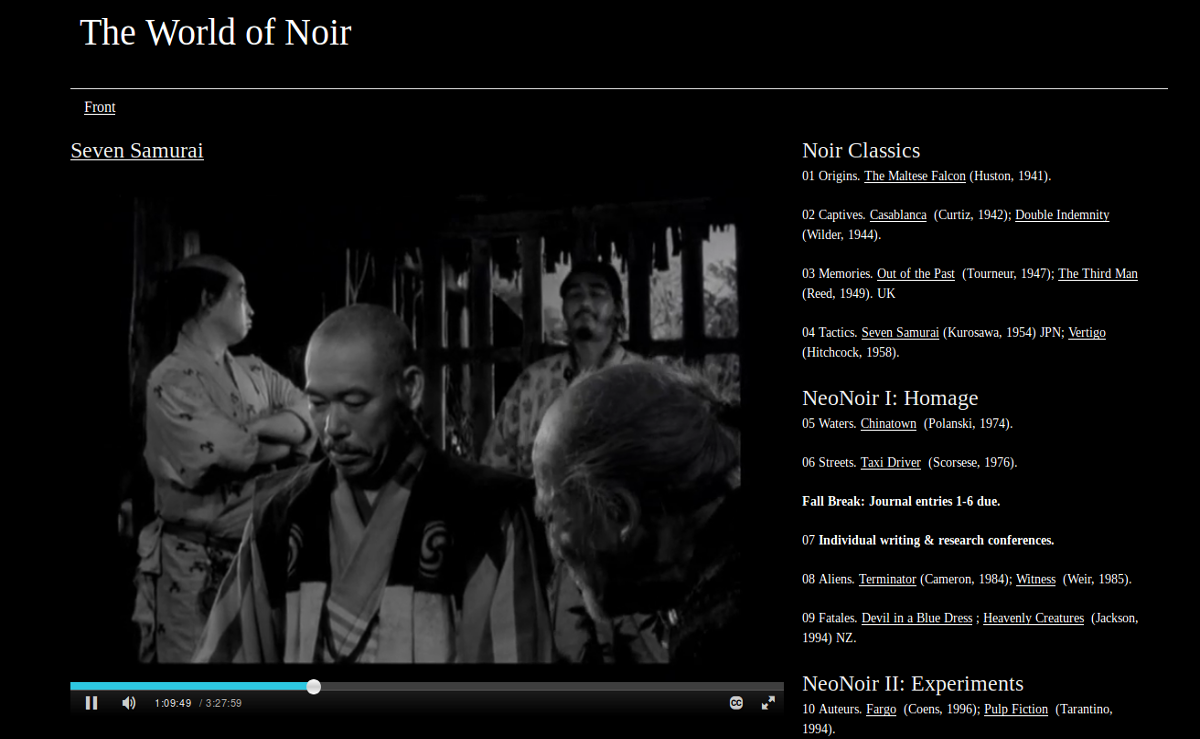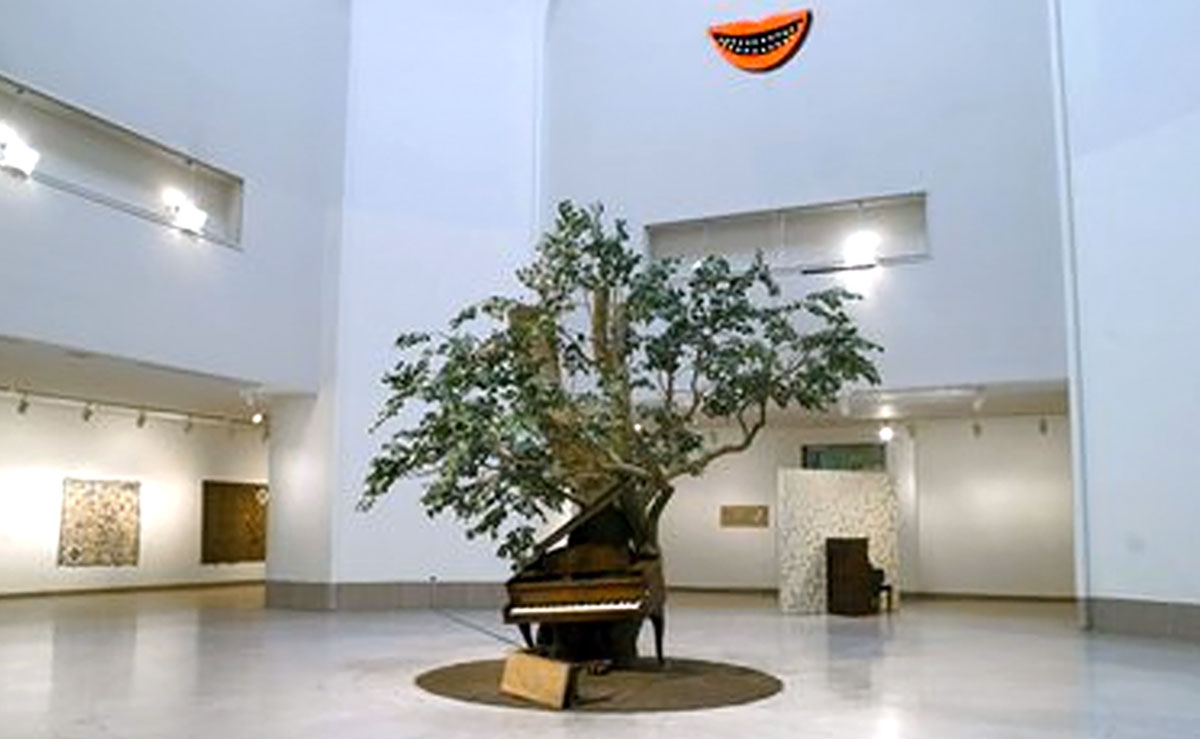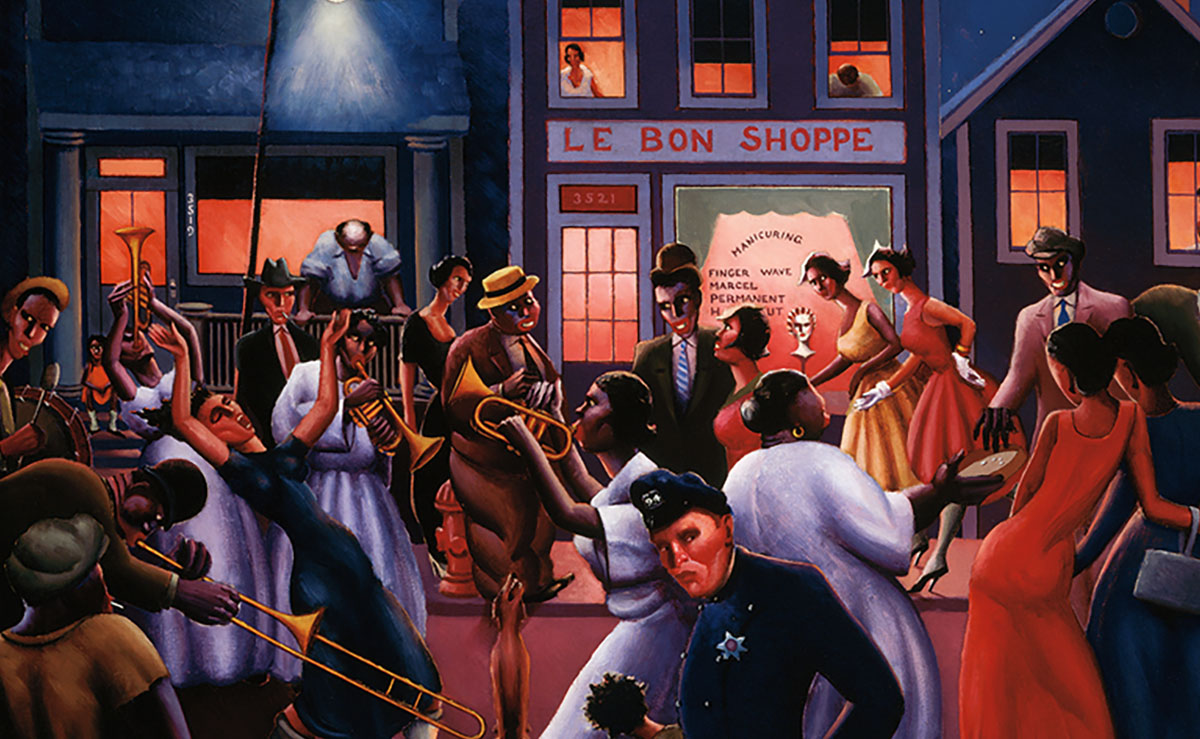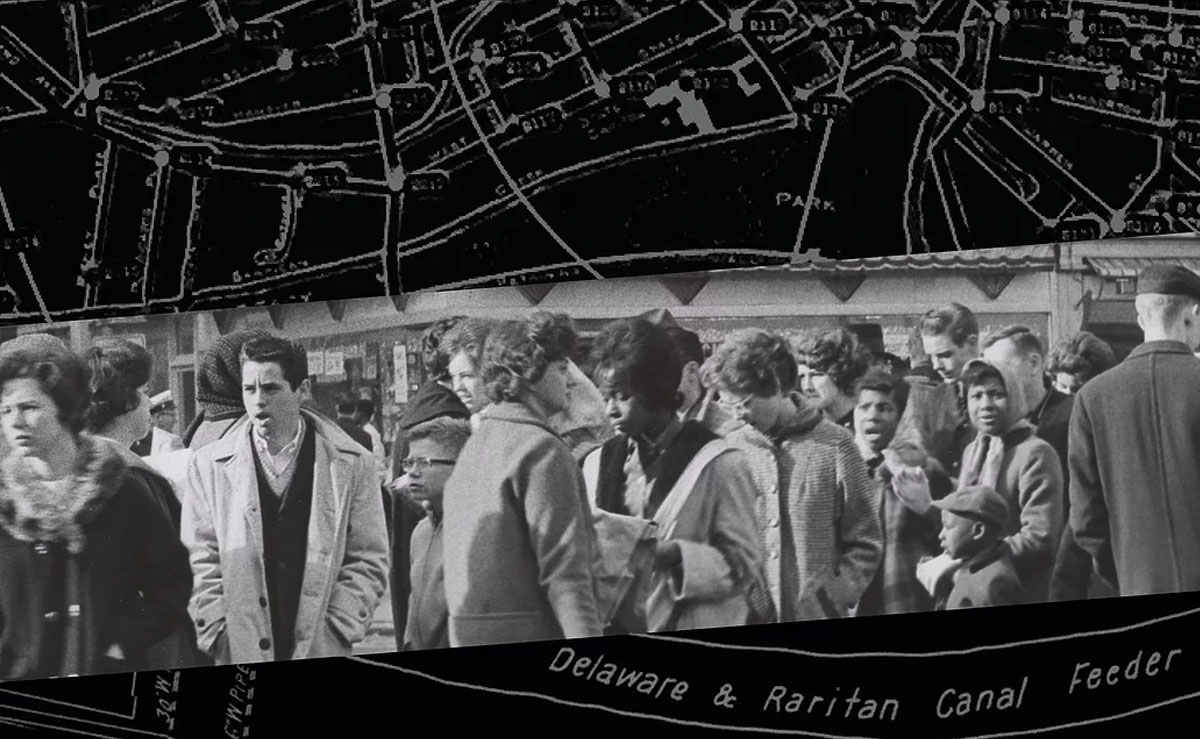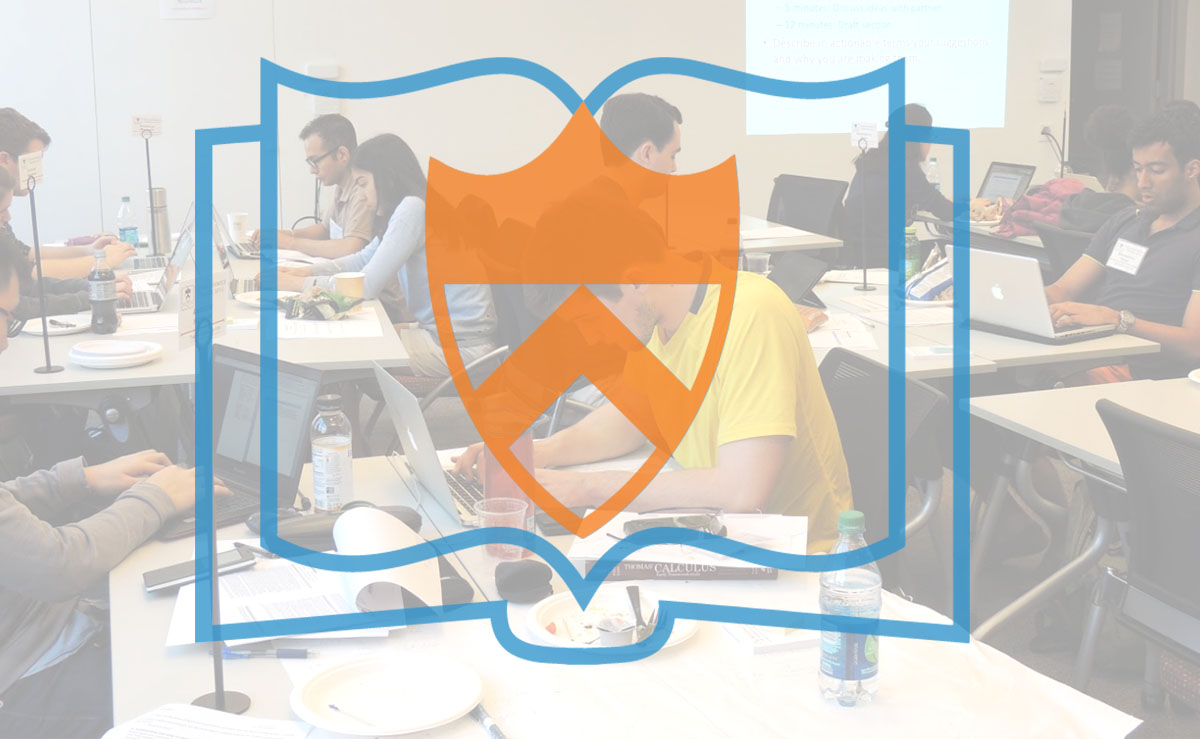In June and July 2016, students traveled to Athens and the island of Lesbos, notebooks and cameras in hand, to serve as eyewitnesses at a pivotal moment in world affairs. Their challenging assignment: Produce a compelling and rigorous first rough draft of history.
Author: Ben Johnston (Page 8 of 10)
Ben Johnston is Senior Educational Technologist in the McGraw Center for Teaching and Learning, a unit of the Office of the Dean of the College, Princeton University.
In the 1940s, pulp magazines and B-films created a new genre, eventually called Noir. On page and screen, hundreds of these crime stories—stark, vivid, and ambiguous—shaped the imagination and self-concept of a world beset by depression and fear. As societies shifted from hot to cold war and grappled with civil rights and urban decay, Noir depicted a dream-like world where morality turns fluid and money sours democracy.
Although the political outlook of Noir ranges widely, its core tension remains: crime and justice are mirror analogues, shadow selves of each other. We map Noir’s rise and spread, examine its treatment of race, class, and gender, and study its triumph as a major cultural style.
This course traces the intersecting discourses of race, nation, and disease throughout US history, examining various “living laboratories” or sites of state-sanctioned medical experimentation on populations such as Asian American, African American and Latinx, deemed to harbor disease.
Born in the late 1800s, the New Negro movement demanded political equality, desegregation, and an end to lynching, while also launching new forms of international Black cultural expression. The visionary modernity of its artists not only reimagined the history of the black diaspora by developing new artistic languages through travel, music, religion and poetry, but also shaped modernism as a whole in the 20th century. Incorporating field trips and sessions in the Princeton University Art Museum, this course explores Afro-modern forms of artistic expression from the late 19th-century into the mid-20th century.
The Trenton Project is a collaborative documentary investigation by the Princeton University course, Documentary Film and the City.
Principedia provides a unique forum within which to realize a fundamental aim of the McGraw Center for Teaching and Learning: to engage faculty, staff, graduate students and especially undergraduates in systematic reflection and substantive discourse about the practices and processes of learning in Princeton’s distinctive academic environment.
The Playing Soviet website presents an interactive database of children’s book illustrations drawn from little-known and rarely-seen Soviet children’s books from the collection of the Cotsen Collection at Princeton’s Firestone Library. The website supports image annotation, allowing students to contribute to the site, and data exports, enabling the development of data visualizations based on information in the archive.
Aprendo is an online textbook developed during 2016 for use in Spanish 101, 102, 103, and 107. Students have access to multimedia course materials and complete exercises online.
The Princeton Geniza Project website hosts approximately 4500 TEI-encoded transcriptions of Judeo-Arabic textual fragments. The archive has been used for decades as a scholarly research, teaching, and learning resource. In 2016, the newly-created Princeton Geniza Lab in Frist Campus Center, is working with staff members from the McGraw Center to update and standardize the database.
Students in the Spring 2016, HIS278, Digital, Spatial, Visual and Oral Histories course produced digital narratives using ESRI’s online StoryMaps application. Based on recorded interviews conducted by the Historical Society of Princeton, images from the Society’s archives, census records, and digital maps held in Princeton University’s Maps and Geospatial Information Center, these multimedia narratives tell stories about the lives of residents of the Witherspoon-Jackson neighborhood in Princeton.


